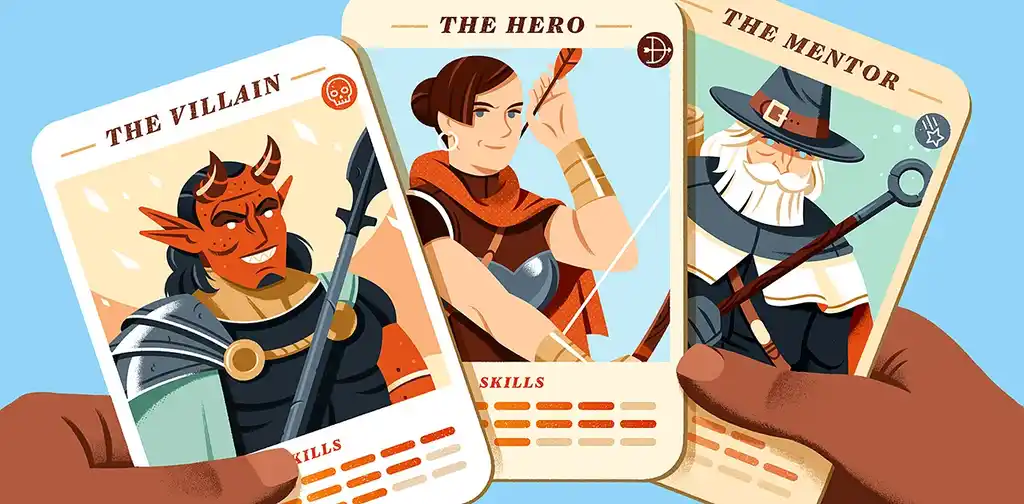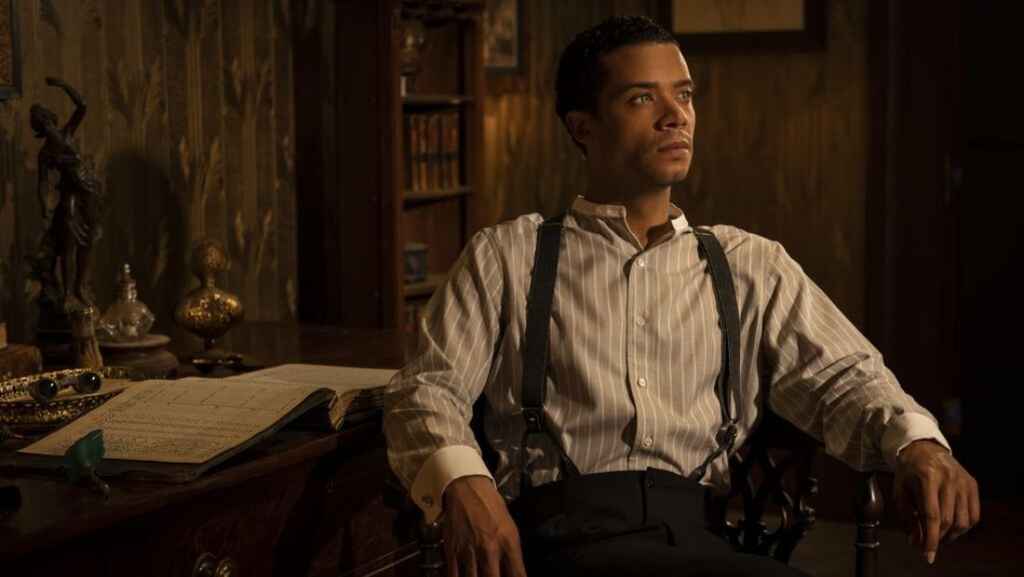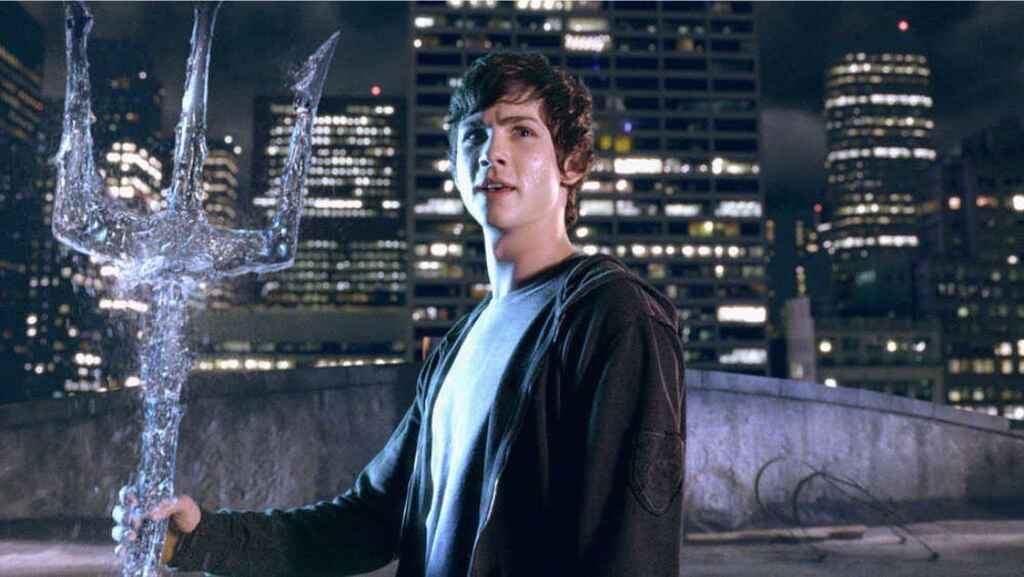Last updated on Mar 08, 2024
Character Backstory: 7 Tips for Deepening Your Character's History
Tom Bromley
Author, editor, tutor, and bestselling ghostwriter. Tom Bromley is the head of learning at Reedsy, where he has created their acclaimed course, 'How to Write a Novel.'
View profile →Backstory is a character’s history or origin story. By filling in a character’s backstory, the author provides them with greater depth, though not everything may be known by the reader. It can also be useful in revealing important elements of a character’s past for storytelling purposes.
Everyone has a backstory, from the hero to the villain to the side character who only appears for a chapter. As you flesh out your characters, consider these seven tips that can help you craft a compelling tale about each person’s background.
Know who your character is in the present
The way your character behaves in the present moment says a lot about their backstory. Often, there is a reason why they act or react to situations the way they do, making a reader wonder about their past.
What kind of person is your character? Are they closed off, even with their friends? Or are they perpetually cheerful, even in the face of adversity? In either case, the reader begins to wonder about their upbringing. If they casually exude happiness, was this the result of growing up in a kind family — or a defense mechanism? If they went to a therapist, what would they talk about?
For more intriguing questions you can ask yourself about your fictional pals, download our free character questionnaire below — we promise the questions are fun!

FREE RESOURCE
Reedsy’s Character Questionnaire
40 questions to help you develop memorable characters.
To help you visualize what we mean, let’s take Sam Vimes, the commander of the tiny, underfunded Ankh-Morpork City Watch in Terry Pratchett’s Discworld series. When he’s first introduced in Guards! Guards!, Vimes is face-down in the gutter after a night of drinking. We quickly learn that he’s something of a pessimistic idealist, cynical and bitter to a fault at how much better the world could be if he could only do something about it.

Based on this odd set of contradictions, we, the readers, infer that he’s a man whose past is riddled with more than his fair share of disappointments — long before Pratchett reveals the details of his backstory.
In creating figures who are seemingly conflicted and contradictory, writers can hook readers in with the promise that, at some point, they will learn how they came to be that way.
Remember that people change
With a firm grip on who your characters are now, you can start to explore who they used to be. While there should be continuity between their past and current selves, having some differences can show they’ve evolved over time.
This gap between past and present can be dramatic or subtle, and adds greater depth to a character. Perhaps they used to be a soldier, and whenever they go to a restaurant, they automatically take note of all the exits.
In some stories, character changes can be a reflection of a brutal environment forcing them to adapt to their circumstances — or they can be a way of showing who they could have been if things were different. But this can also simply be a way to make your character “rounder” and more realistic.
But let’s look at an example where backstories show dramatic change: Margaret Atwood’s The Handmaid’s Tale. Set in a dystopian Christo-fascist near future, this book is told by Offred, a “handmaid” — an enslaved woman whose sole purpose is to bear children for the ruling classes. Though she is careful and resigned to her place in Gilead’s society, we discover, through her memories, that she was once a risk-taker with a career, a husband, and child. She was a regular woman in a world not unlike our own.
Though some of her old self sometimes peeks through in her narration, this chasm between who Offred once was and who she is now highlights the traumatic impact of the “reeducation” she received at the hands of the new government.
Very often, a stark contrast between a character’s previous self and who they are in a story’s current narrative is all a writer needs. Their change could have been brought on gradually by a long and ambling chain of experiences (ones that might be too banal to share in your story).
But occasionally, a single event can light the powder keg of change. In your own story, it may be that a character’s initial response to a dramatic event (say, depression after an assault) gets the story going, and sees them complete a character arc where they’re now in a new, changed state by the end of your story (acceptance and the ability to move on).
To sign up for our free course on getting character development right, sign up below:

FREE RESOURCE
Reedsy’s Character Profile Template
A story is only as strong as its characters. Fill this out to develop yours.
Create a turning point
Sometimes, a character’s backstory includes a catalyst that completely alters the course of their life. This event can often provide the key to understanding their actions.
This turning point can happen on or off the page, but it can be interesting — and satisfying — to see it play out like in Anne Rice’s Interview with the Vampire. The novel begins with Louis du Pointe du Lac, a three-hundred-year-old vampire, sitting down with an interviewer to recount his life story. To start, he reflects on the series of events that led to his transformation.
One night, tormented by guilt and grief, believing his actions drove his brother to suicide, Louis meets a stranger, Lestat. He paints Louis a picture of a glorious future, free from guilt — if Louis agrees to be turned into a vampire. Accepting Lestat’s bargain, he enters an entirely new life.

The novel mainly deals with Louis’ struggle with good and evil and his uneasy relationship with Lestat. But by revealing this crucial episode in his backstory, Rice anchors Louis’ character in grief and guilt, allowing the reader to better understand and empathize with him.
While Rice reveals this crucial part of Louis’ backstory near the beginning of Interview with the Vampire, other writers may choose to hold the cards closer to their vest… at least to start with.
Reveal information in a strategic way
Maintaining some mystery around your character and who they are can be a great way to build intrigue. Drip feeding them the backstory throughout the book — or even series of books — will keep your audience engaged and speculating about the possibilities.
Think of one of the most mysterious figures of popular culture, Darth Vader. When we first encounter him in Star Wars, he’s simply the villain of the hour, a powerful enforcer of the Empire. Over the next five films, we learn more about who he is and where he came from.
Little by little, the films paint a picture of a talented prodigy, tempted to the dark side by promises of power and freedom, only to end up with none of those things. Vader goes from being a character we’re booing from the cheap seats to someone we feel sympathy for, all through the slow reveal of backstory.
Between all the Star Wars films, spin-off TV shows, tie-in novels, comic books and video games, there’s not one corner of the Darth Vader/Anakin Skywalker character that hasn’t been fully revealed. And while this can be satisfying to long-time fans, there’s something to be said about maintaining some shred of mystique.
Know what parts of a backstory need to be shared
It’s important for you as the writer to get to know your character and their past closely, but that doesn’t mean all of that information needs to be shared with your readers. Depending on what kind of story you’re telling, leaving some things vague or up to interpretation can have a greater impact than giving away the answers.
In Alan Moore and David Lloyd’s graphic novel V for Vendetta, a mysterious vigilante known only as V sets out to bring down the fascist government of a future Britain. We follow his story through the eyes of Evey, a young woman he recruits to his cause. As she follows V on his campaign of destruction, we see Evey attempt to piece together who he is, based on small shreds of clues. Though a likely past emerges when she discovers a journal in a “resettlement” camp, she never gets a definitive answer.

By withholding some elements of V’s backstory from the readers and other characters, Moore maintains a perfectly calibrated sense of tension while underlining a bigger point: what V represents is far more important than whoever he was in the past.
While our last few examples have focused on the revelation of backstory as a central narrative element, it should be noted that most stories aren’t focused on unpacking a character’s personal history. So in stories where backstory is of secondary importance, it’s even more crucial that a writer can restrain their pen and not attempt to provide their characters with exhaustive resumes — a gap is totally fine in fiction.
Use backstory to motivate characters
Backstory can be incredibly useful in explaining a character’s current actions and personality, and even make them more sympathetic. A character’s motivation can be influenced by anything, big or small. Whether that’s a single event that changes the course of their life or the way they grew up, a character’s personal history often informs their current actions.
To look at an example: the TV show Dexter is unusual in that its main character is a serial killer. This is something that the creators (and original author Jeff Lindsay) make palatable by giving the titular character a sympathy-inducing backstory. Early on, we learn that Dexter witnessed the brutal murder of his mother as a toddler, which deeply impacted his psyche. This trauma has resulted in Dexter’s sociopathic tendencies, which ultimately lead to his uncontrollable urges.
By providing this insight into Dexter’s past (and allowing him to explain his strict moral code as a serial killer who only kills baddies), the audience is put in a position of empathy, allowing us to feel for him despite his murderous ways.
💡For another way to get your readers (or audience) to like a character, head to our post on the famous ‘Save the Cat’ structure.
Some viewers and readers argue that Dexter’s backstory is perhaps too outlandish (and flying in the face of modern psychiatric science). For this reason, new writers may want to avoid letting their characters’ backstories from getting too crazy — even if they’re writing in fantastical genres.
Make it plausible
It can be easy (and often makes sense) to write a tragic or dramatic backstory, but be careful not to go overboard, depending on the framework of your story. As interesting and motivating as a dark, mysterious past can be, there comes a point when the amount of suffering your protagonist goes through loses its sense of plausibility or appears gratuitous. Your main character can be an orphan with unknown powers, but he shouldn’t also have witnessed his parents’ murder and survived a plane crash that killed all his friends and ran away from home — unless you’re about to reveal he’s actually a deity.
Speaking of deities, Percy Jackson is a good example of a character with a realistic (but dramatic) backstory. Though the books take place in a magical world where Greek gods, demigods, and mythical monsters are real, they are also grounded in a character whose backstory is far more relatable.
Labeled a troublemaker from a young age, by the time he’s 12, Percy has been expelled from multiple schools and struggles with academics due to his dyslexia and ADHD. At home, his stepfather Gabe neglects him and his mother. Of course, all of this changes when Percy discovers he’s a demigod (and the son of Poseidon, to boot). But the fact that his backstory is somewhat realistic makes it easier for readers to put themselves in his shoes and believe the reality of this world.

Ultimately, backstory is an aspect of narrative writing that most authors eventually learn to love. As you grow more familiar with your characters, you should want to know more about them. And while a lot of backstory may never make it onto the page, it’s something that you, as an author, can treasure, like a secret between friends.








